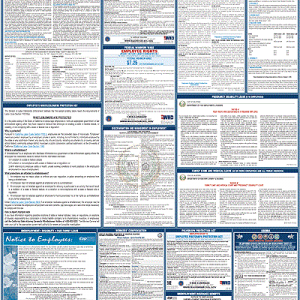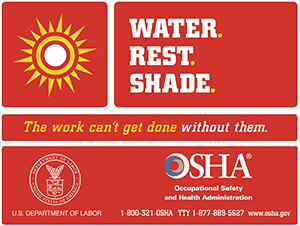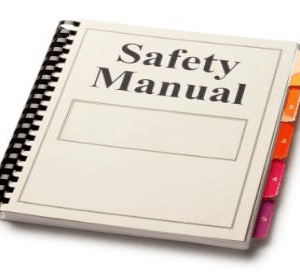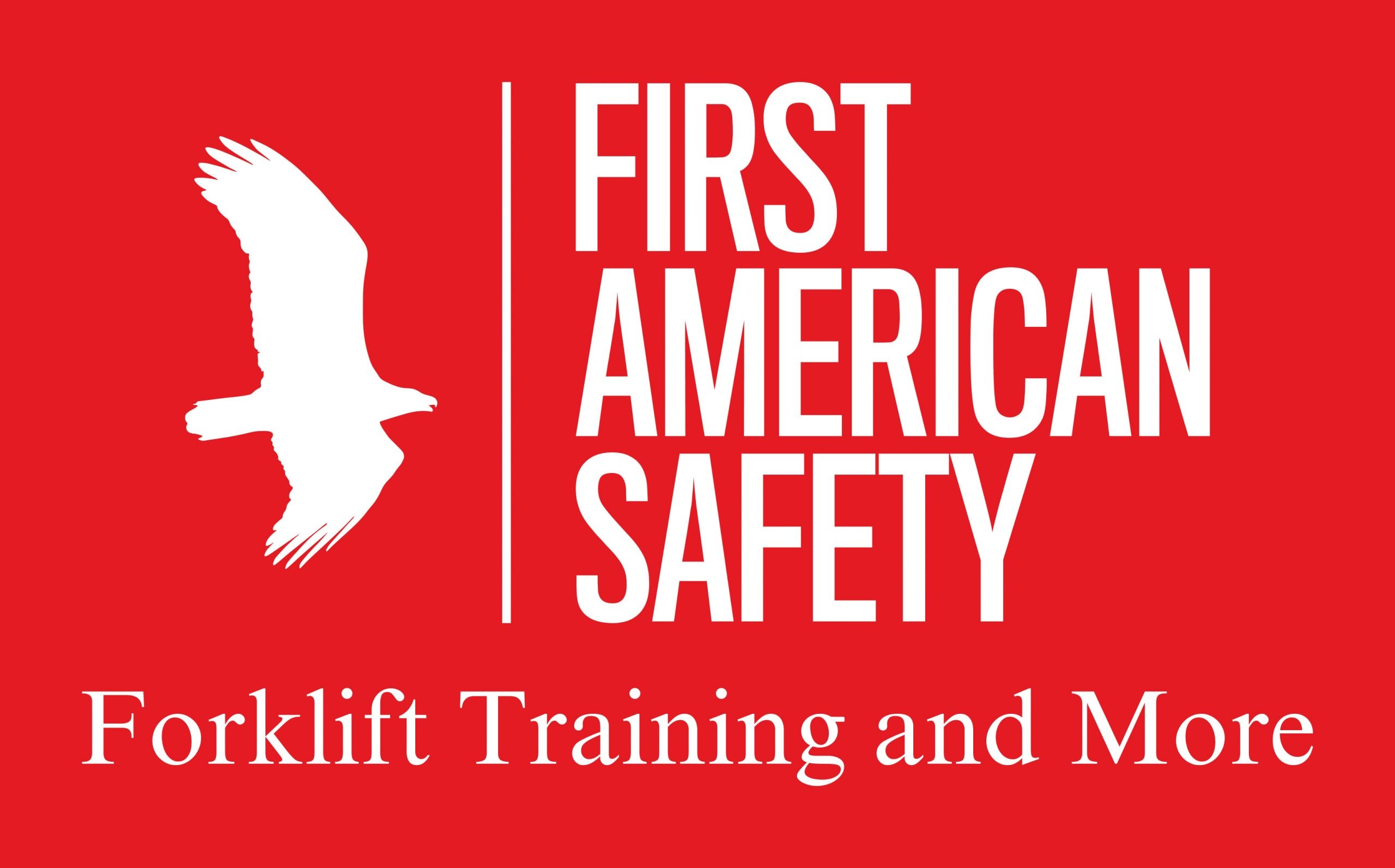Need some free safety meeting topics?
Respirator Basics – How to Breathe Easy at Work
Respirator Basics Free Tailgate Meeting Topic
-
 2025 Labor Law Poster State and Federal Combo$33.99
2025 Labor Law Poster State and Federal Combo$33.99 -
Product on sale
 Heat Illness Prevention PlanOriginal price was: $39.99.$29.99Current price is: $29.99.
Heat Illness Prevention PlanOriginal price was: $39.99.$29.99Current price is: $29.99. -
Product on sale
 Injury/Illness Prevention Program (IIPP)Original price was: $49.99.$39.99Current price is: $39.99.
Injury/Illness Prevention Program (IIPP)Original price was: $49.99.$39.99Current price is: $39.99.
Today we will discuss some respirator basics. Respirators are crucial for ensuring the safety and well-being of workers in various industries. This meeting will cover the fundamental rules and guidelines for using respirators at work. Understanding these basics is essential for maintaining a safe and healthy work environment.
Respirator Basics:
- Choosing the Right Respirator: Selecting the correct respirator is the first step in ensuring your safety. Various types of respirators are designed for specific hazards. Identify the hazards in your workplace and choose a respirator that provides the necessary protection.
- Fit Testing: Respirators must create an effective seal on your face to be efficient. Fit testing ensures that the respirator fits your face snugly. Make sure to undergo fit testing as recommended by your employer. This is required before wearing a respirator for the first time, and annually as well.
- Seal Checks: Before each use, perform a seal check to ensure that your respirator maintains an airtight seal. Any leaks could compromise your safety. Be sure to use both a positive pressure and negative pressure seal check when you put it on.
- Proper Donning and Doffing: Learn how to properly put on (don) and remove (doff) your respirator. Avoid touching the inside of the respirator to prevent contamination. Be sure to follow the manufacturers recommended procedure.
- Regular Maintenance: Keep your respirator clean and well-maintained. Regularly inspect and replace parts as needed to ensure its effectiveness. Inadequate cleaning and maintenance can shorten the lift of the respirator and lead to skin and health problems.
- They do not supply oxygen: You must understand that respirators only filter contaminants out of the air. They DO NOT provide air for you to breathe. You should never enter areas with low oxygen or other IDLH (Immediately Dangerous to Life or Health) without the proper equipment and training.
- Training and Education: Ensure that you are trained and educated on the use of respirators. Stay informed about the latest regulations and guidelines regarding respirator use. If you have questions about respirator use, ask your supervisor!
Conclusion: Incorporating respirator basics into your daily work routine is crucial for your safety. Proper respirator use protects you from hazardous materials, airborne contaminants, and other dangers in the workplace. Always consult with your employer and follow their specific guidelines. By adhering to these respirator basics, you contribute to a safer and healthier work environment.
Remember that wearing a respirator is a shared responsibility between you and your employer. Your safety is paramount, and understanding these basics is the first step towards ensuring it. Stay safe and stay informed about respirator use in your workplace.
For more information on respirator basics and workplace safety, please don’t hesitate to reach out to your supervisor or safety officer. Your well-being is our priority.
OSHA has excellent resources for workplaces that use respirators.
